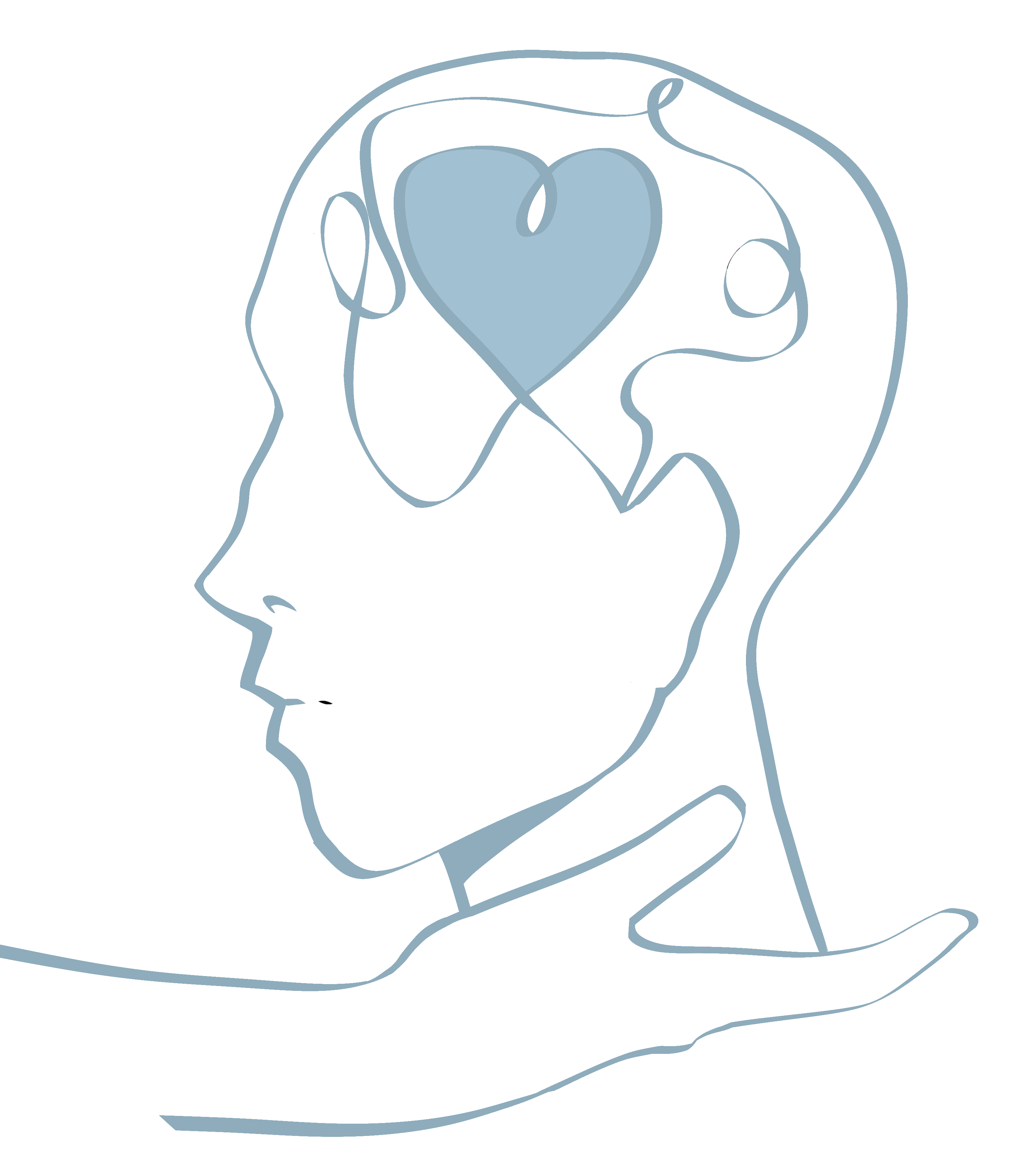Children & Divorce
Child Therapy is Crucial in Divorce
Experiencing a divorce can be incredibly challenging for children, igniting fears and triggering heightened anxiety as the family dynamic undergoes a significant shift. Adapting to new living arrangements or schools amidst their parents’ separation can be particularly tough for children, resulting in increased levels of aggression, separation anxiety, and negative impacts on their social and academic performance. This can further elevate stress levels for children who are already struggling with anxiety or mood disorders and can initiate anxiety-related concerns in children who do not normally have them.
Helping Children Cope With Divorce
When parents divorce, their children often react by showing:
- Regressive behaviors (bedwetting, tantrums, thumb sucking, refusing to go to bed)
- Rebellious behaviors (anger, disobedience, or (in an older child) disregard for the parents)
- Increased episodes of crying or whining
- Feel “sick” when they are healthy or becoming clingy
- Separation anxiety
- Blaming themselves for the divorce
The following are some ways that you, as a parent, can help diffuse some of the tension and child anxiety when going through a divorce:
- Respect your child’s feelings and encourage them to talk to you about their fears. You may not have all the answers, but sometimes just listening and being supportive to your child can be enough.
- Remember that your child has lost something, too. They have lost their time with one parent when they are with the other parent and, in many cases, have lost their familiar surroundings, peers, and maybe even a beloved pet or best friend.
- Reassure your child that, no matter what, you love them now and will always love them. Be sure they understand that the divorce was not their fault and that there is nothing they could have done to prevent it.
- Try to keep the same routines for bedtime, homework, play time, etc. New routines might need to be added (for example: going to the other parent’s house every Friday night), but keeping as close as possible to the same schedule helps children feel secure. It lets them know what to expect.
- Rituals also create a sense of safety for your child. A family ritual such as “game night” creates an anchor for your child and gives them a sense of familiarity and a way to relate within their new world.
